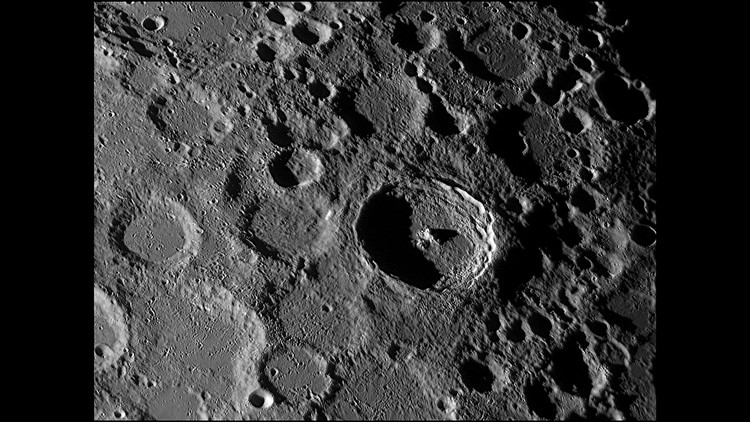KNOXVILLE, Tenn. — A professor at the University of Tennessee in Knoxville will help analyze moon rocks collected decades ago and never before opened.
NASA calls the project the Apollo Next Generation Sample Analysis Program, and it's part of the celebration of the 50th anniversary of the first moon landing in 1969.
UT Professor Molly McCanta says NASA kept the samples sealed hoping for better research technology, and that has happened.
"It is amazing that these rocks were collected so long ago and we can still wring brand-new, unheard of data out of them," she said.
She says researchers now have new analytical tools and new ideas about how the moon formed, which changes their research.
"People have spent decades testing these ideas and now we can go back and look at these samples with a new eye," she said.
McCanta teamed up with researchers at Argonne National Laboratory in Illinois and the University of Massachusetts to analyze rocks collected during the Apollo 17 mission in 1972.
Researchers hope those samples will look at how the composition of rock and soil on the moon has changed over time and which elements are present.
"What it does," McCanta said, "is it gives us a way to look into the interior of the moon without actually going there."
The researchers at all three schools plan to open them carefully, without disturbing the way they are preserved. They will hand them off carefully to other teams.
"We want to open them and maintain not only their level of preservation but also their stratographic context," McCanta said. "Because we don’t have a lot of these - a lot of the samples on the moon."
McCanta's research begins next month and runs for three years. The researchers will meet at NASA Johnson Space Center in Texas to determine how best to open the samples and transport them.
She says she hopes this research reminds people that space exploration is exciting.
"There's so much more science we can do now. Now that we understand all the things we’ve gotten out of the Apollo samples," she said.



